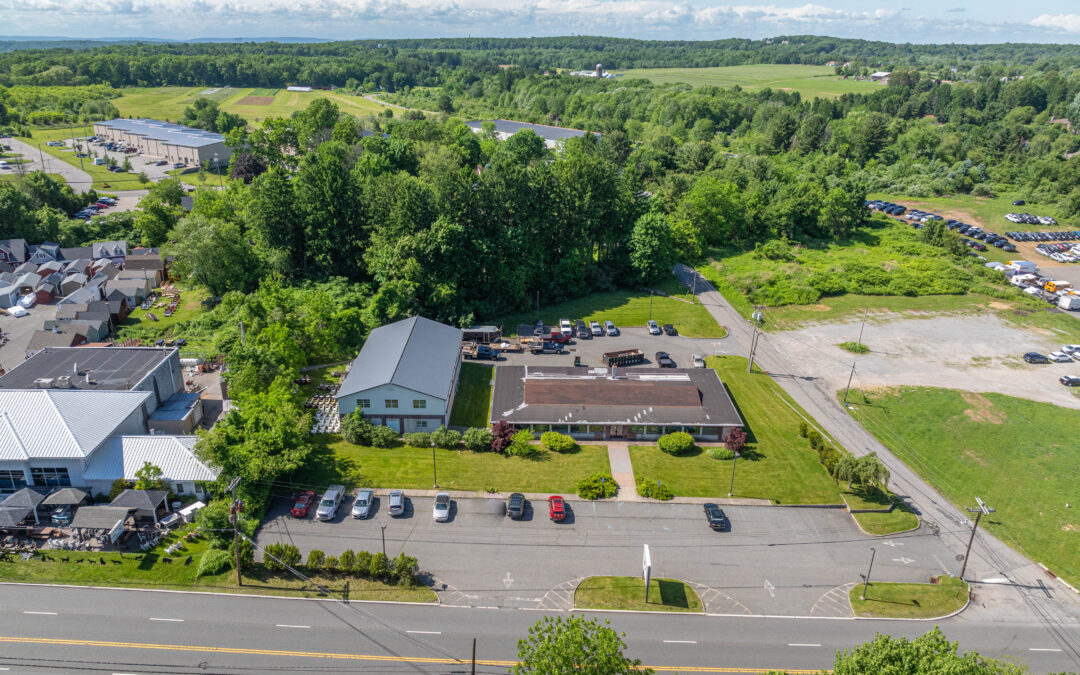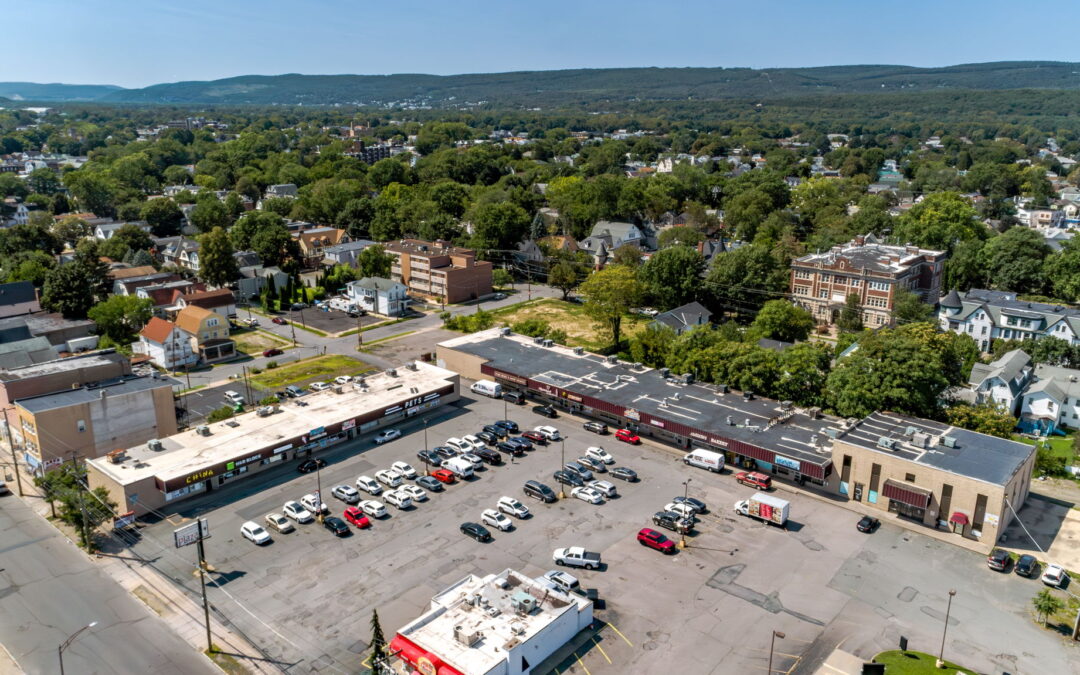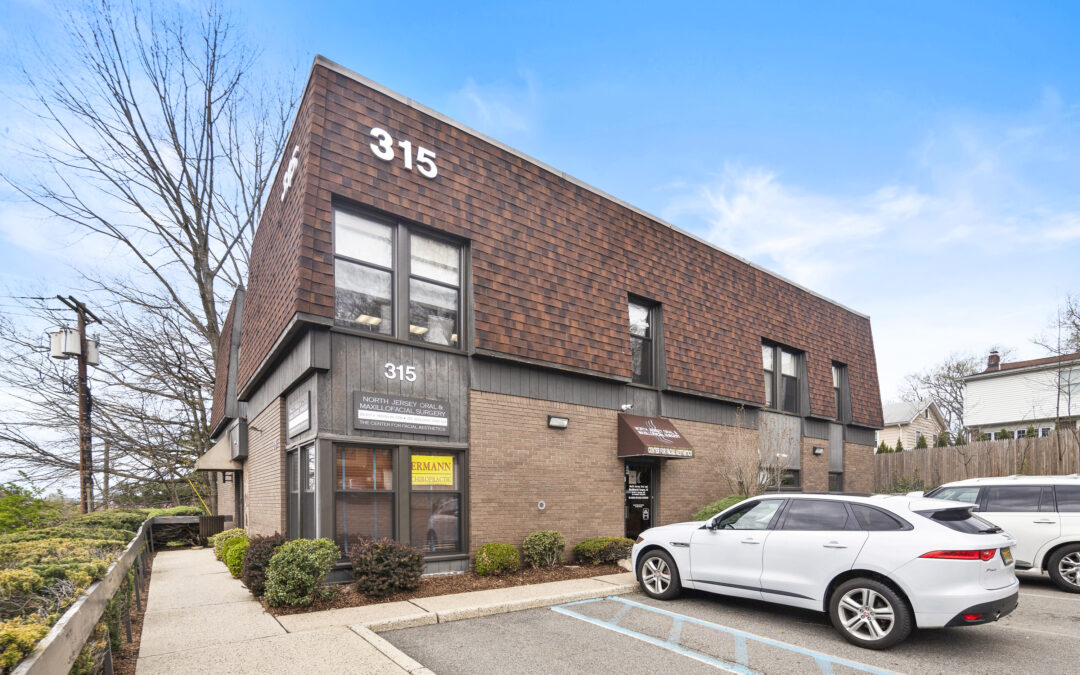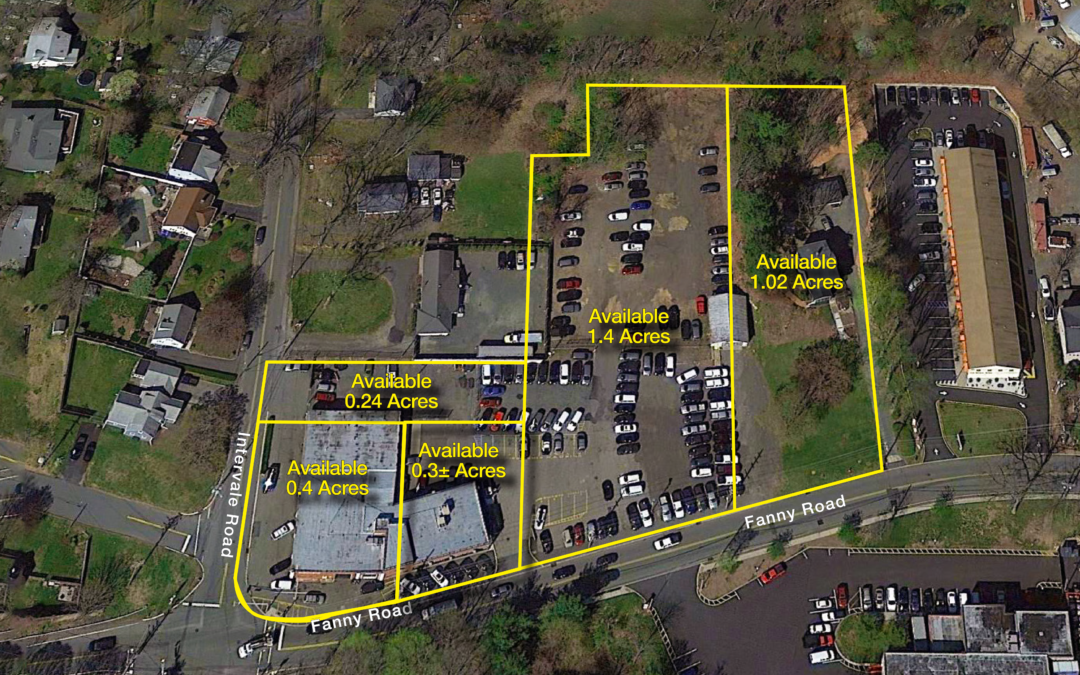Kenneth Lundberg, Senior Vice President, NAI James E. Hanson
The commercial real estate world has seen change in recent years at what seems like a break neck pace to both those within and outside of the industry. This rapid change has led to a great debate among commercial real estate professionals as to the direction of the market as we head into the summer of 2017. Along with dozens of other industry leaders, I recently attended CARPE’s Fifth Annual Northeast Industrial Real Estate & E-Commerce Summit on April 25th at Maritime Parc in Jersey City where we discussed this very important topic and the impacts it will have on our respective markets. It was my distinct pleasure to represent NAI Hanson on a panel moderated by Kevin McGowan of McGowan Real Estate Advisors with fellow industry leaders Jose Cruz from HFF, Kyle Schmidt from Cushman and Wakefield, Andrew Houston from Talos Capital and Greg Rogerson from J. G. Petrucci.
With such a wide range of experts, our panel covered a diverse set of topics pertaining to commercial real estate in the Northeast such as the general condition of the leasing and development markets, the rise and importance of e-commerce, cap rate compression in the investment sales market, capital flows and other related issues. The broad feeling among the panelists was one of optimism in the future of the markets. We discussed many reasons, but three reasons seemed to be at the core of our optimism. They are:
- Strength of leasing markets nationally and regionally – Across the country and in the Northeast, leasing markets continue to be strong. Almost every major population center has seen new industrial space being leased quickly and at premium rents. Much of this has been driven by e-commerce distribution networks and their constant requirement to be closer to major cities and metro areas. The second largest space users were food and beverage related although we have seen the synthesis of e-commerce and food distribution as companies like Hello Fresh and Blue Apron seek space to manage their rapidly growing operations. As more of these types of operations come online in the upcoming months we project this need to increase substantially, leading to continued strong leasing demand.
- Increasing rents – Particularly in New Jersey, the increased strength of the leasing market has caused rents to continue their rise. The limited existing industrial space available in the more densely populated areas of the state, particularly Bergen and Hudson counties, and the extensive timeline necessary to plan, entitle and develop new facilities has kept a cap on the amount of new space brought to the market resulting in almost every new building receiving multiple deals and high levels of interest before the building has been completed. Since the Class A buildings are slow to the market and Class B buildings have seen very low vacancy rates, prices have pushed ever higher with double digit rentals becoming more common and buildings once considered obsolete, now have found a second life. This trend shows no sign of abating as e-commerce and food distribution continue to eat up available space throughout the Northeast.
- More dollars chasing fewer buildings – As available space continues to be leased and rents rise in the regional market, new development and redevelopment projects continue to find readily available capital flows. Locally bred groups are competing with investment capital from around the country and around the world. Several sovereign wealth funds have been buying up individual properties and portfolios including several transactions over $100 million with more activity to come. This has compressed sales cap rates for the higher end of institutional quality industrial investments even as rents move higher. The obvious result is that purchase prices in certain cases have crossed over $200 per foot which was unheard of even as recently as 2-3 years ago. Class B buildings have also seen an uptick in competition, not only from investors but from former tenants who have been stunned by rapid rent increases as leases roll over and seek to purchase buildings to stabilize their expenses and capitalize on increasing property values. These user/investors have finally stepped up to the realization that purchase prices in most markets are up over 50 percent in the last several years, and rents have followed.
The commercial real estate market in the Northeast provides many reasons for optimism and all signs point to this optimism continuing well into 2017. Although, the speed at which the market is changing presents some challenges to brokers, investors, buyers and lessees, at NAI James. E. Hanson, we take great pride in our ability to read the marketplace and help our clients navigate the current real estate cycle.





